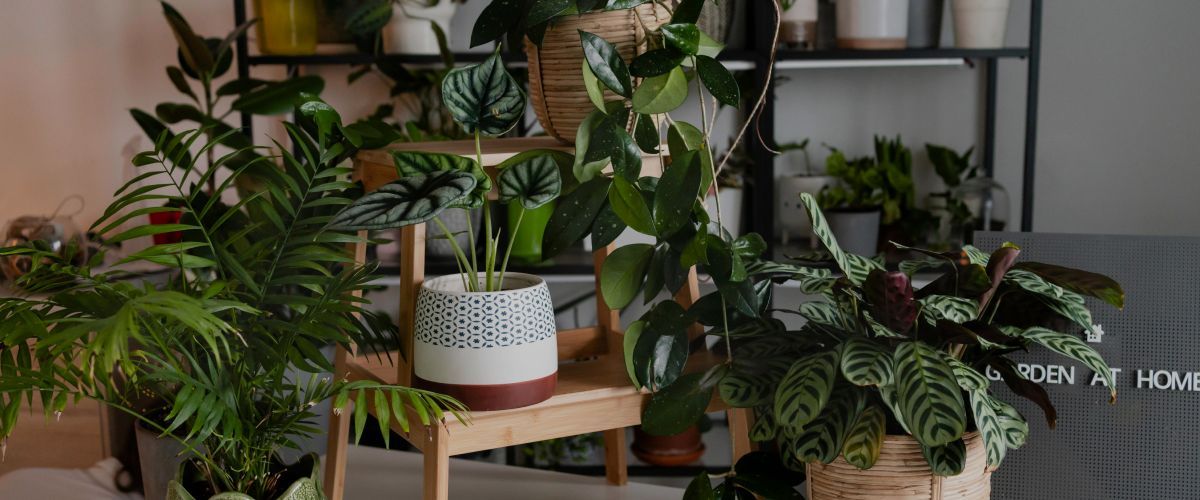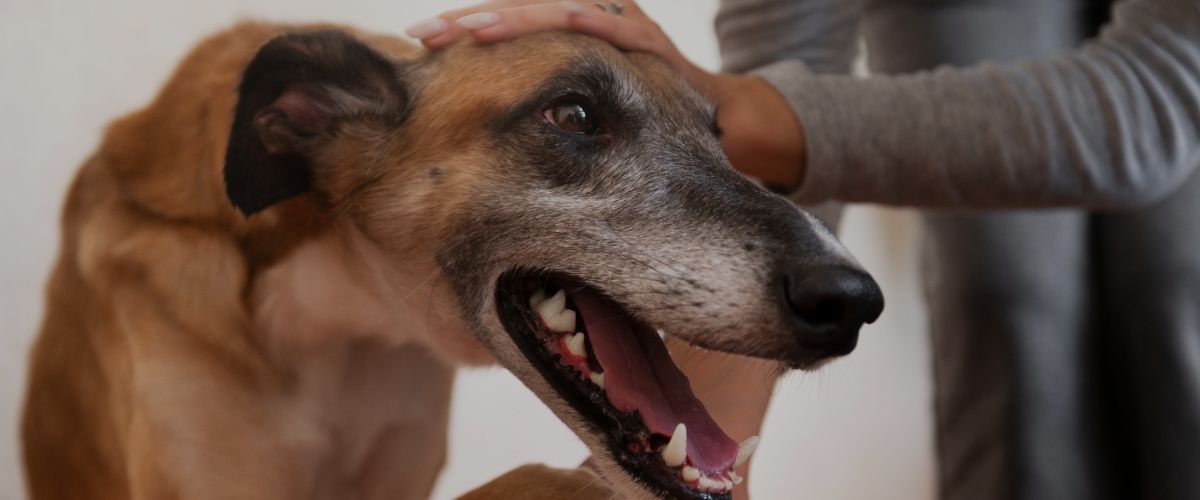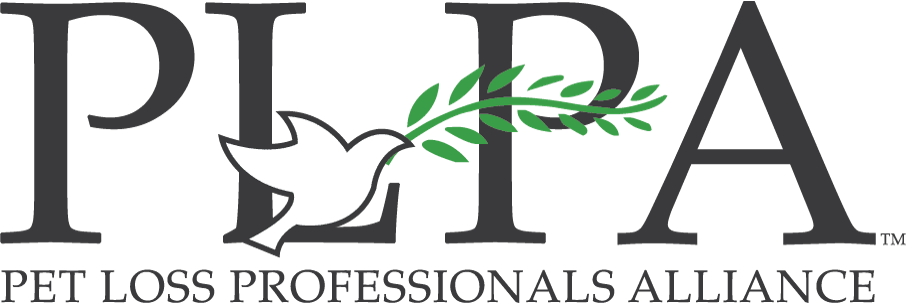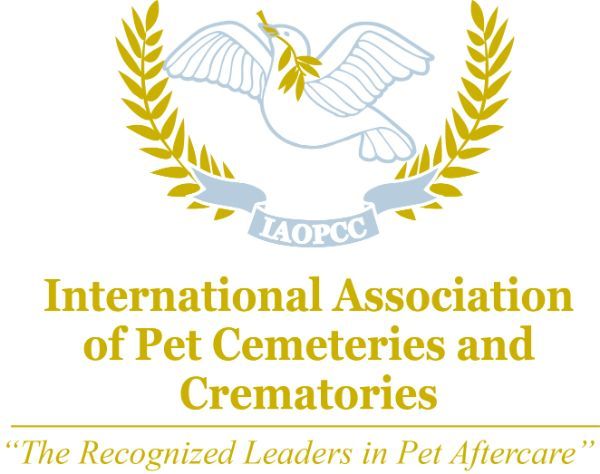Senior Pet Grooming
Senior pet grooming is an essential aspect of maintaining the health and comfort of aging pets. As pets grow older, their grooming needs evolve due to changes in their skin, coat, mobility, and overall health. Providing the right care during grooming sessions can make a significant difference in their quality of life. Understanding the unique requirements of senior pets is crucial for both pet owners and professional groomers.
One of the most important considerations in senior pet grooming is gentle handling. Older pets often suffer from arthritis or joint pain, making them more sensitive to touch and movement. Groomers should use slow, deliberate movements and be extra cautious to avoid causing discomfort. Providing a calm and reassuring environment can help ease any anxiety the pet may feel during grooming sessions.
Skin and coat care are also paramount for senior pets. As pets age, their skin can become drier and more sensitive, which makes it essential to use mild, hypoallergenic shampoos. Hot water should be avoided to prevent further irritation. Regular brushing is important, as older pets may not groom themselves as thoroughly, leading to mats and tangles that can be uncomfortable and difficult to manage.
Regular nail trimming is another critical aspect of senior pet grooming. With reduced activity, older pets’ nails can grow longer, which may affect their gait and cause discomfort or even injury. Proper nail care helps maintain their mobility and overall well-being.
Dental care should not be overlooked in senior pet grooming routines. Dental issues are common in older pets, so regular brushing, along with the use of dental chews and professional cleanings, can help maintain oral health and prevent more serious health problems.
Ear and eye care are also essential for senior pets. Older pets are at a higher risk for ear infections and eye issues, making regular cleaning and monitoring important. These routine checks can help prevent problems from developing or worsening.
Comfort and safety during grooming sessions are vital for senior pets. A non-slip surface can help prevent slips and falls, which are especially dangerous for older animals. Additionally, shorter grooming sessions with breaks can help prevent fatigue and keep the experience positive for the pet.
Grooming sessions also provide an opportunity to monitor the pet’s health. Groomers can check for lumps, bumps, or other signs of health issues that may require veterinary attention. Early detection of these issues can be crucial in managing age-related conditions.
Proper hydration and nutrition are reflected in a pet’s skin and coat, so ensuring that your senior pet is well-hydrated and fed an age-appropriate diet is essential. This not only contributes to their overall health but also enhances the effectiveness of grooming efforts.
Finally, consider tailoring the grooming style to suit the needs of your senior pet. Shorter haircuts might be easier to manage as pets age, reducing the grooming time and making it more comfortable for them. Consulting with a professional groomer who has experience with senior pets can help you choose a grooming style that balances comfort with appearance.
Senior pet grooming is more than just a cosmetic task; it plays a crucial role in the health and comfort of aging pets. By understanding and addressing their specific needs, pet owners can help their senior pets enjoy a higher quality of life.
The post Senior Pet Grooming appeared first on Angelpaw.







